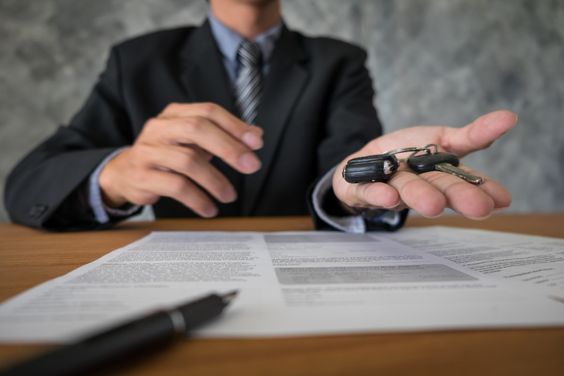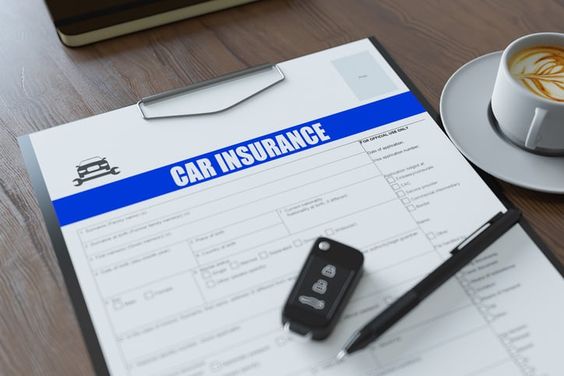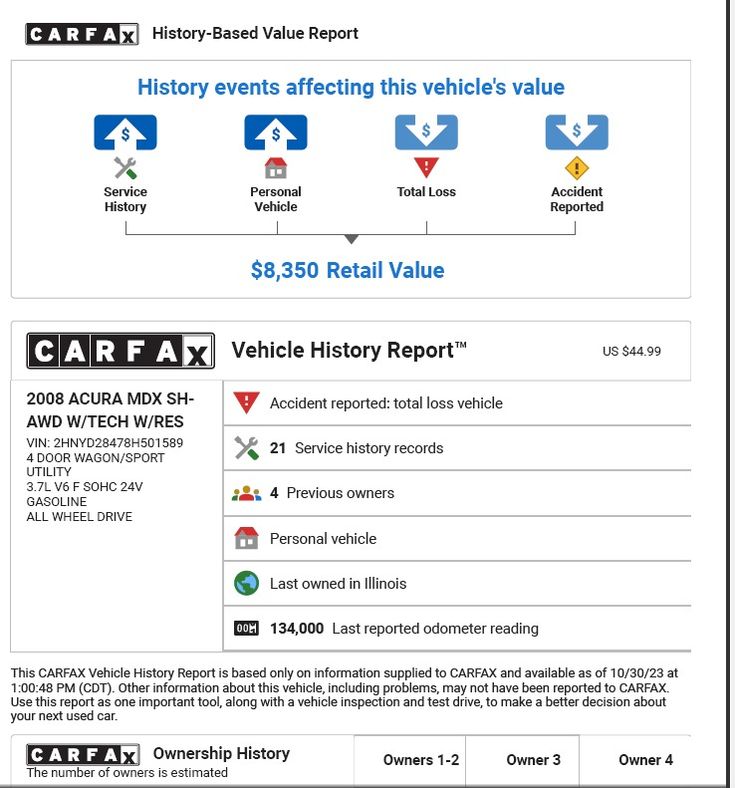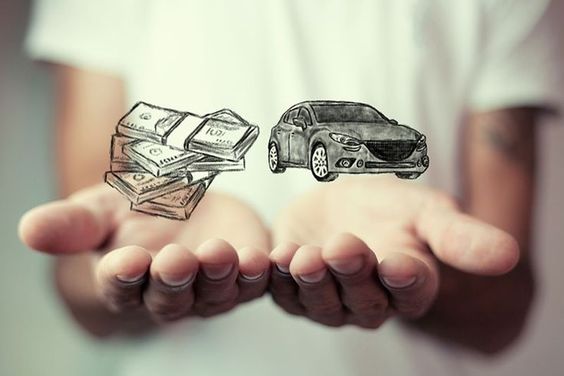Introduction:
Transferring car ownership is a crucial step when buying or selling a vehicle. It involves legally changing the registered owner of the car, ensuring that the new owner is responsible for all associated liabilities. This process can seem daunting, but it's actually quite straightforward when you follow the correct steps. This guide will walk you through the essential steps involved in transferring car ownership, providing you with a clear understanding of the process and the necessary documentation.

Whether you're a seasoned car enthusiast or a first-time buyer, understanding the intricacies of car ownership transfer is essential. This guide will equip you with the knowledge to navigate this process smoothly, ensuring a seamless transition of ownership and avoiding any potential legal complications.
Gather Necessary Documents:
Before you begin the transfer process, it's crucial to gather all the required documents. This will streamline the process and prevent any delays. Here's a checklist of essential documents:
- Vehicle Title: This document serves as proof of ownership and must be signed by the seller.
- Bill of Sale: This document outlines the terms of the sale, including the purchase price and the date of sale.
- Proof of Identity: Both the buyer and seller will need to provide valid identification, such as a driver's license or passport.
- Insurance Information: The buyer will need to provide proof of insurance for the vehicle.
- Lien Release (if applicable): If there are any outstanding loans on the vehicle, a lien release from the lender is required.
Complete the Transfer of Title:
Once you have all the necessary documents, you can proceed with the transfer of title. This typically involves the following steps:
- Seller Signs the Title: The seller must sign the title, transferring ownership to the buyer.
- Buyer Fills Out Title Application: The buyer will need to fill out a title application form, providing their personal information and the vehicle details.
- Submit Documents to DMV: The completed title application, bill of sale, and other required documents must be submitted to the Department of Motor Vehicles (DMV) in your state.
- Pay Fees: There will be fees associated with the title transfer, which vary depending on your state.
- Receive New Title: Once the DMV processes the application, the buyer will receive a new title in their name.
Register the Vehicle:
After the title transfer is complete, the buyer must register the vehicle in their name. This typically involves the following steps:
- Complete Registration Application: The buyer will need to fill out a vehicle registration application, providing their personal information and the vehicle details.
- Provide Proof of Insurance: The buyer must provide proof of insurance for the vehicle.
- Pay Registration Fees: There will be fees associated with vehicle registration, which vary depending on your state.
- Receive Registration: Once the DMV processes the application, the buyer will receive vehicle registration documents.
Update Insurance:
It's crucial to update your insurance policy after transferring car ownership. The new owner must ensure that the vehicle is properly insured, as they will be responsible for any accidents or damages. Contact your insurance provider to update the policy and ensure that the new owner is covered.
Final Steps:
Once the title transfer, registration, and insurance updates are complete, the car ownership transfer is finalized. The new owner is now legally responsible for the vehicle and all associated liabilities. It's important to keep all relevant documents, including the new title, registration, and insurance policy, in a safe place for future reference.
Conclusion:
Transferring car ownership can be a straightforward process when you follow the correct steps. By gathering the necessary documents, completing the title transfer, registering the vehicle, and updating insurance, you can ensure a smooth transition of ownership. Remember to keep all relevant documents organized and readily available for future reference. If you have any questions or concerns, don't hesitate to contact your local DMV or a legal professional for assistance.





